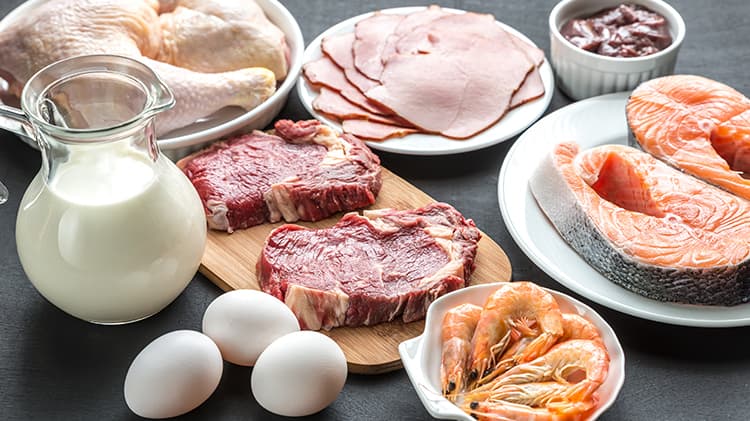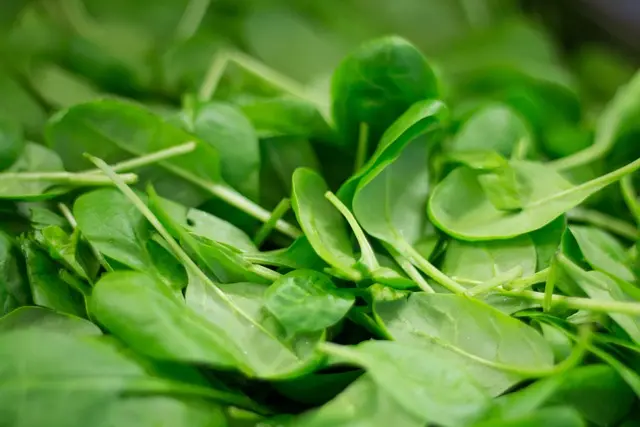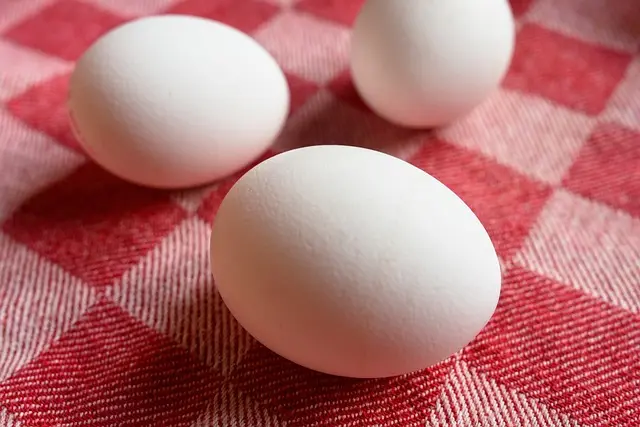
Proteins are one of the important nutrients in our diet. We can meet our need for this nutrient from many sources. For example, foods such as eggs, chicken, meat, milk are some of the most important sources. In addition, foods such as green lentils, beans, raw almonds are also high in protein. So, are the proteins we get from eggs and beans of the same quality? No, it is not. This is where the concepts of incomplete and complete protein come into play.
What is complete proteins?
Proteins are formed by the combination of different amino acids. These amino acids are divided into two groups, essential amino acids and non-essential amino acids. Our body cannot produce essential amino acids. Therefore, it must be taken into the body with food. There are 9 essential amino acids. If a food contains all 9 essential acids, the protein it contains is complete protein. Of course, essential amino acids must also be suitable in quantity. For example, eggs and breast milk contain complete protein. The quality of the proteins in these two foods is high. Most animal foods contain complete protein. However, although soy is a plant food, it is a complete protein.
What is incomplete proteins?
Foods that do not contain all the essential amino acids mentioned above are called. Or the existing essential amino acids are not sufficient in quantity. For example, oats, beans, quinoa, chickpeas, kidney beans, walnuts.
Finally, it is useful to say this. All foods containing proteins contain essential amino acids. What differs is their quality. The factor that determines the quality of proteins is the amount and ratio of essential amino acids.







Thank you for sharing your info. I truly appreciate your efforts and I am waiting for your further post thanks once again.